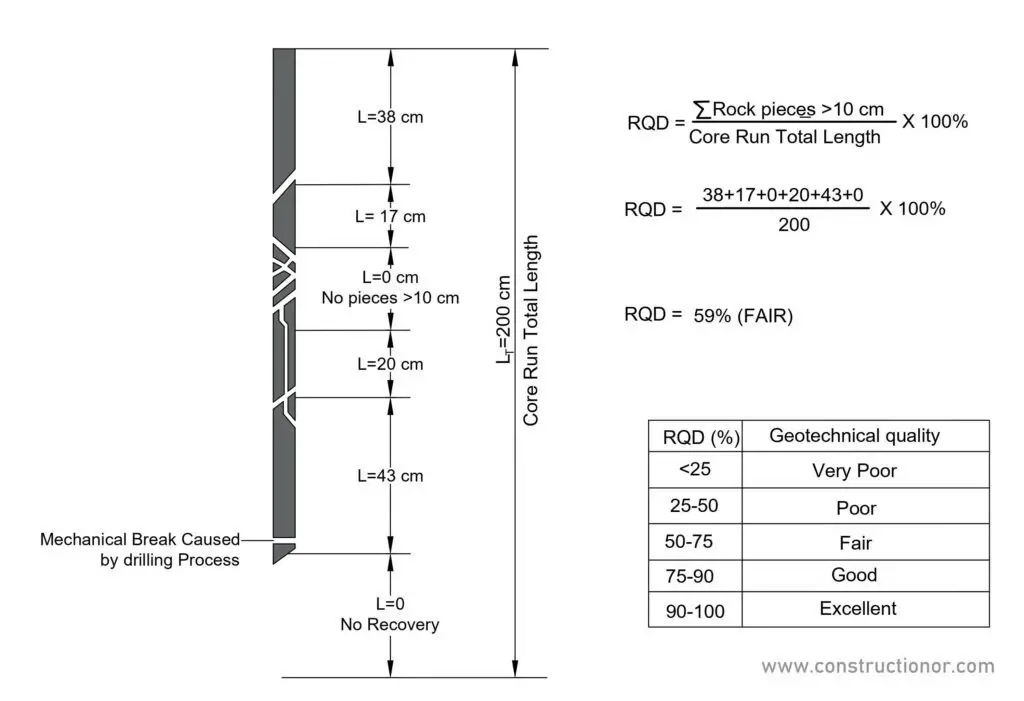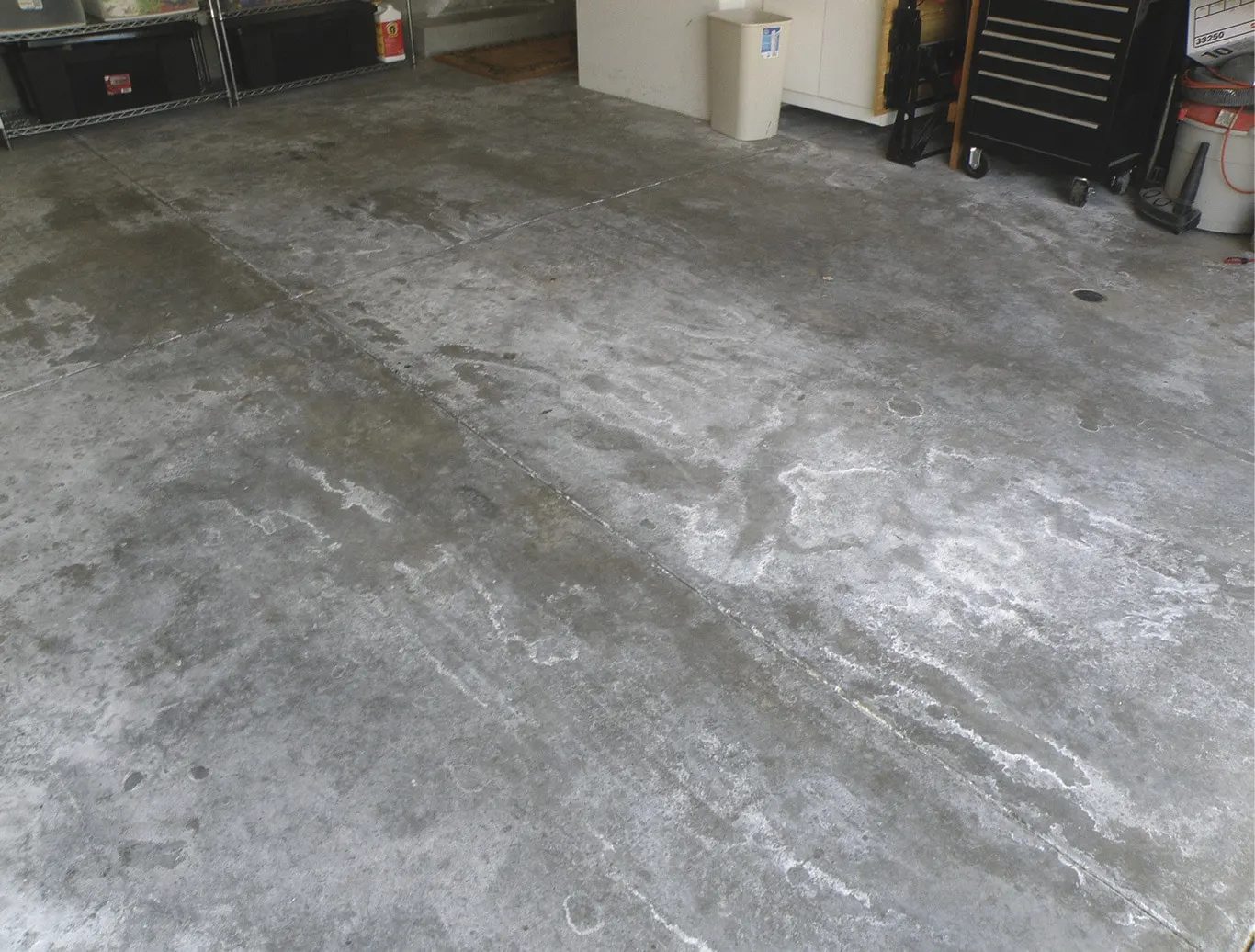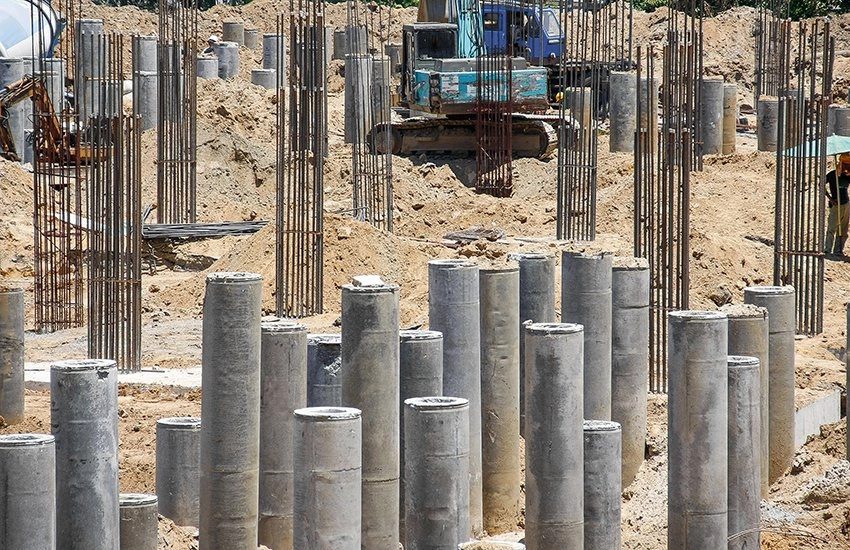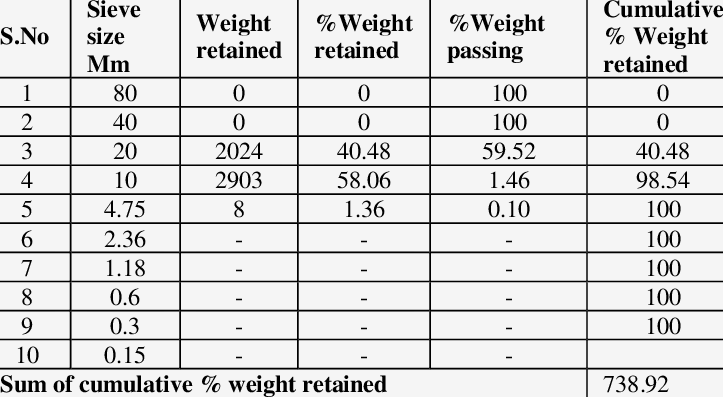Admixture is a material other than cement, water and concrete added to batches before mixing or during mixing to modify the properties of ordinary concrete & to make it more suitable for the essential condition.
Organic or inorganic materials are added in small quantifies to modify the properties of the concrete which is fresh/hardened state.
Here we will learn about admixture, types of admixture, merits & demerits of admixtures used in concrete.
Introduction to Admixture:
Admixtures are material used in concrete to modify its properties.
The effects of using admixture depend on the properties of concrete, sometimes it is difficult to predict effect and result because of changing the cement brand, aggregate grading, mix proportions using a rich mix.
Sometimes, many admixtures affect the property of concrete as well as adversely affect the desirable properties.
Functions of Admixture:
- To accelerate the initial set of concrete, i.e. to accelerate the rate of strength development at an early age.
- To dim the initial set i.e. to keep the concrete in a working position for a longer time for placement.
- Also, to enhance workability.
- To improve the penetration (flowability) and permeability of concrete.
- Moreover, to reduce the separation in grout and concrete mixtures.
- Increasing the strength of concrete by decreasing the water content and increasing the density of concrete.
- To increase the durability of concrete.
- Also, to reduce the capillary flow of water through concrete and increase its imperviousness.
- To control alkali-aggregate expansion or alkali-silica reactivity (ASR).
- Prevents corrosion of reinforcement in concrete.
- Also, increase resistance to the chemical attack.
- To reduce the heat of hydration.
- To increase the bond between old and new concrete surfaces.
- Also, to enhance the bond of concrete to the steel reinforcement.
- To decrease the weight of concrete per cubic meter.
Types of admixture:
Accelerating Admixtures:
This admixture is added in concrete or mortar for increasing the rate of hydration of hydraulic cement and for shortening the setting time.
Calcium chloride (CaCl2) is the most widely used as accelerating admixture.
Accelerating admixtures are added to concrete to increase the rate of early strength development in concrete to
-Permit earlier removal of formwork;
-Reduce the required period of curing;
-Advance the time that a structure can be placed in service;
-Partially compensate for the retarding effect of low temperature during cold weather concreting;
-In the emergency repair work.
Retarding Admixtures:
Retarding admixtures delay the initial rate of hydration of cement and extend the setting time of cement paste.
This admixture can be used in high temperature, where the concrete has to be transported to a long distance.
It is also suitable for use in grouting oil wells.
The most commonly known retarder is calcium sulphate, as it delays the setting of cement.
Air-Entraining Admixtures:
Air entraining admixtures help to produce a certain amount of air bubbles in the concrete mixture.
The main goal of this admixture is to increase the resistance against freeze-thaw degradation and cohesion.
It also improves the workability of concrete without changing the setting rate of hardening.
Water Reducing Admixtures:
Water reducers are added to a concrete mixture, mortar or grout to increase the flowability without increasing the water content.
These are plasticizer & superplasticizer.
Plasticizers help in difficult conditions to achieve high practicality without using excess water.
Superplasticizers establish a modern class and improved version of plasticizers.
The superplasticizer is used for the production of flowing concrete, self-levelling concrete, self-compacting concrete, high strength concrete and high-performance concrete.
Superplasticizers can produce:
-At the same w/c ratio much more workable concrete than the plain ones,
-For the same workability, it permits the use of lower w/c ratio,
-As a consequence of increased strength with lower w/c ratio, it also permits a reduction of cement content.
Superplasticizers also produce a homogeneous, cohesive solid without any tendency for separation and bleeding.
They are Sulphonated Malanie-formaldehyde condensates (SMF), Sulphonated naphthalene-formaldehyde condensates (SNF), Modified lignosulphonates (MLS), Acrylic polymer-based (AP), Copolymer of carboxylic acrylic acid with the acrylic ester (CAE), Cross-linked acrylic polymer (CLAP), Polycarboxylate ester (PC), Multicarboxylatethers (MCE).
Waterproofing admixture:
Waterproofing admixture for concrete is also called as water resisting admixture and permeability reducing admixture.
These admixtures prevent the passage of water through the hardened concrete under a pressure head & there is a need to control the permeability of the concrete.
To reduce the concrete mixing or waterproofing, it functions in the following way:
-It reduces the size of capillary pores, their number and continuity inside the concrete structure.
-It blocks the capillary holes of the concrete.
-Also, it can line capillary pores with hydrophobic material.
-It prevents the absorption of water in the pores due to capillary absorption.
Some materials like soda, potash soaps, calcium soaps, resin, vegetable oils, fats, waxes and coal tar residues are added as water-repelling materials in this group of admixtures.
Concrete admixtures are added to change the properties of concrete to make it function as required.
Pozzolanic or Mineral Admixtures:
If pozzolans used in the appropriate amount modify certain properties of fresh and hardened mortars and concretes.
Finely divided siliceous materials, when mixed with lime produced strong cementing material having hydraulic properties and such cementing materials were employed in the construction of aqueducts, arch, bridges, etc.
Pozzolanic materials can be divided into two groups:
Natural Pozzolans: Clay and Shales, Opalinc Cherts, Diatomaceous Earth, Volcanic Tuffs and Pumicites.
Artificial Pozzolans: Fly ash, Blast Furnace Slag, Silica Fume, Rice Husk ash, Metakaoline, Surkhi.
It has been amply demonstrated that the best pozzolans in optimum proportions mixed with Portland cement improve many qualities of concrete, such as:
-Lower the heat of hydration and thermal shrinkage.
-Increase water tightness,
-Reduce the alkali-total reaction.
-Improve resistance to attack by sulfate solids and seawater.
-Improvement in extensibility.
-Low susceptibility to dissolution and leaching.
-Improvement in work efficiency.
-Low cost.
Gas forming Admixture:
A gas-forming agent is a chemical admixture which reacts with the hydroxide produced in the hydration process to produce minute bubbles of hydrogen gas throughout the cement matrix.
It causes a slight expansion of plastic concrete and increases the bond between the rebars and the grout.
Aluminium powder is the most commonly used gas-forming agent.
The amount added is usually 0.005 to 0.02 % by weight of cement about one full teaspoon to a bag of cement
For the production of lightweight concrete, aluminum powder is used about 100 grams per bag of cement.
Zinc, magnesium powders and hydrogen peroxide are also used as a gas-forming agent.
Advantages of Admixture:
- Admixtures reduce the required amount of cement and make concrete economical.
- They enhance the practicality of concrete.
- Admixtures provide initial strength in concrete.
- It reduces the initial heat of hydration and overcomes the problem of thermal cracking in concrete; if there is excess heat of hydration the cracks can spread to the fresh concrete.
- Admixtures improve the resistance against the freeze-melting effect on concrete.
- Concrete mixtures maintain maximum stability by bringing waste products into use.
- The mixing of concrete can accelerate the setting time.
- There are some enzymes that work as an anti-bacterial agent.
- There are mixtures of concrete that reduce the initial strength but increase the strength of hardened concrete compared to normal concrete.
Disadvantages of Admixture:
- This increased drying shrinkage.
- This provides less resistance to sulfate attack.
- CaCl2 high risk of corrosion of steel – not allowed in reinforced concrete.
- It is more expensive and less effective.
Also read: Concrete Retarders, Gypsum & Geotextile
Conclusion:
Proper use of admixture provides some beneficial effects such as improved quality, acceleration or retardation of time, improving frost and sulfate resistance performance.










Excellent writings, it will be more beneficial if you describe how to work admixture with coment to enhace strenth and sulphates resistance.
Advantageous
As per a study added by Value Market Research, the Concrete admixture refers to the ingredients added to concrete immediately before or during mixing. The market is major driven by ongoing construction activities across the residential and commercial sectors. The rising demand for efficient admixtures to increase the durability and workability of concrete is boosting the market growth.
very well written article. I am searching for these types of topics to read for a long time.